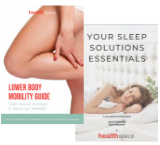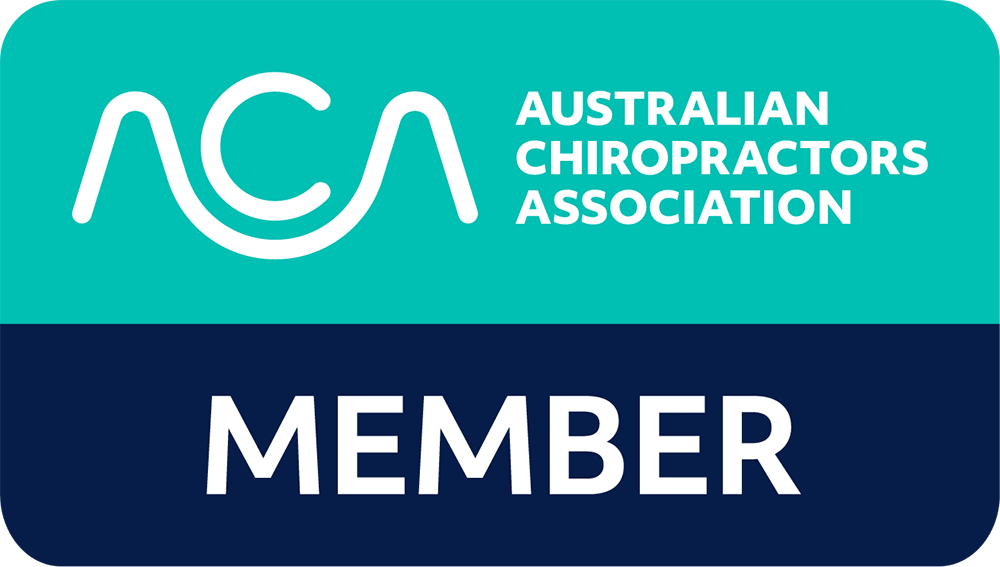
At Health Space, we proudly take a multidisciplinary approach in the care of our clients. This ensures we are giving the best and most appropriate care for their health issues drawing on the collective knowledge from our diverse health specialities. Today we tackle the topic of injury recovery. We pick the brains of three of Health Space’s finest Dr Callum Forrest (Chiropractor) Maggie Godin (Acupuncturist) and Jan Denecke (Nutritionist) asking how to best maximise the recovery process.
Dr Callum Forrest (Chiropractor at Rozelle and Newtown Clinics)
This is a great topic which I could write and present about for hours, but don’t worry I’ll limit myself to a couple of paragraphs. I’m going to talk specifically about back injury recovery as this is extremely prevalent in today’s society. This is highlighted by the facts that back pain is currently the number one reason for people taking time off work, the leading cause of disability world-wide and is responsible for a large number of visits to Emergency Departments.
For most however, it is preventable and much of the problem lies in the spine (and its support tissues) not being able to recover fully from the accumulated work load placed on it over time. This leads to the tissues becoming overloaded, stressed and vulnerable leading to pain and injury. One of the key contributing factors to this overloading is the amount of sitting we all have to do. So, my first tip to maximising recovery from back pain is to limit sitting to a maximum of 20 minutes at any one time followed by a short 1-2 minutes of movement. This is very effective at reducing this accumulative stress on the spine.
One of the most powerful and effective recovery and repair approaches however is to understand why your back is in pain and what has caused it. This allows us to identify what you should and shouldn’t be doing in the short-term preventing re-aggravation which interrupts and slows the recovery cycle. This sort of advice may sound obvious and vague but far too often we see people suffering with episodes of pain that have been ignored or left to fade without the underlying issues being addressed. Or even worse people doing the wrong stretches and exercises for their back pain making it slowly worse over time. This will lead to the back becoming vulnerable to a more significant injury. So, my second tip to maximise recovery is seek to understand the cause. Have an expert guide you on what you should and shouldn’t be doing. This will save you time in pain and drastically reduce the likelihood of recurrences after the injury has repaired.
Maggie Godin (Acupuncturist at Rozelle)
Acupuncture has long been recognised by the World Health Organisation as an effective therapy to treat pain and lessen its duration and effect on our bodies. Quantitative measures and values are being used more often to examine the scope for using the ancient tradition of acupuncture. The results for muscles and joint recovery are proving acupuncture to be even more beneficial than ever previously proven.
In current studies, we are seeing that acupuncture has had a significant influence over athletes’ ability to recover post work out. Heart rate, oxygen consumption and blood lactic acid are compared before and after working out and the results show that the acupuncture group had significantly lower levels of all things as opposed to the people who did not have acupuncture.
How does that help the general populace in the terms of recovery from injury? The same principles apply where increased oxygen saturation at a muscle tendon was cited during insertion of acupuncture needles. Oxygen saturation was elevated during and thirty minutes post needling, meaning in this case there was more oxygenated blood being delivered to the area to facilitate faster healing.
In addition to that, blood volume was also increased during needling meaning the amount of oxygenated blood had also increased with acupuncture. It is an exciting time to be able to treat conditions of pain as modern medicine is presenting us with all the evidence we need to validate this excellent therapy that helps aid recovery of muscle and joint pain.
Jan Denecke (Nutritionist at Rozelle)
Injury pain can cause emotional and physical stress and, if not supported well, can delay the process of healing. For me, a clinical nutritionist, my goals are to reduce pain and support injury recovery through diet and supportive nutrients. Pain is like a warning signal. During an injury the inflammatory process activates sensory nerves to send “pain” messages to the brain. Depending on the severity of the injury, pain can directly affect physical movement and performance but also appetite, digestion, concentration, sleep, and can lead to emotions such as anger, frustration, and fear.
Injury support through nutrition focuses on reducing the inflammation and managing pain. Adapting to a more anti-inflammatory diet is recommended. This diet should include a variety of vegetables, fruit, (chicken) bone broth, and good fats from nuts, seeds, olive oil and fish which are all rich in nutrients that support inflammation and reduce oxidative stress as an effect of inflammation. Processed foods, alcohol, fried and sugary foods should be avoided as this slows down the healing process. Besides this, a supplement with inflammation and pain reducing nutrients will support injury recovery.
Ideally, I would also look into nutrients that support and calm the nervous system. Anti-inflammatory, injury supportive and pain reducing nutrients include: curcumin, omega 3 fatty acids and magnesium. Injury healing and recovery with nutrition is individual and depends on many circumstances such as the type and location of injury, stage of life, health history, medication, diet and lifestyle. It is therefore important to consult an accredited practitioner before taking any supplement.
Our practitioners are here to help so if you have any questions or recovery concerns call us on 9810 8769 or to speak with one of our experts or book in a consultation for a more detailed session.

